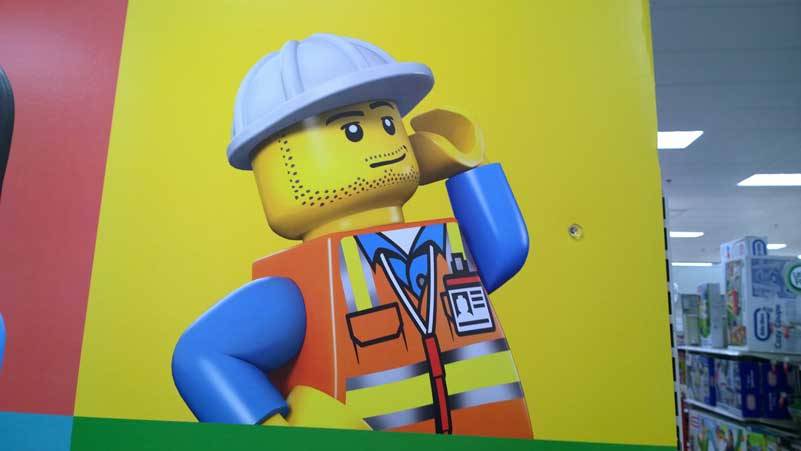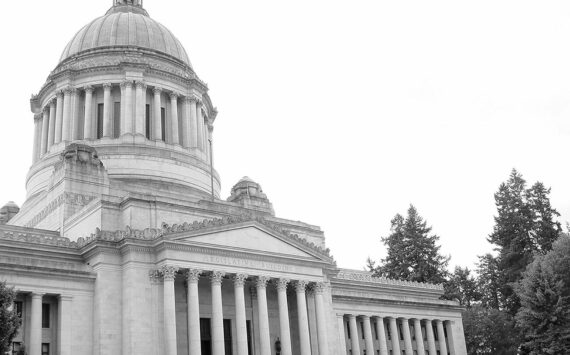By Morf Morford
Tacoma Daily Index
If there were ever a textbook setting for the historical concept of “the invisible hand” of a capitalist economy it would be a free and fair workplace.
The premise of a free and fair employment market could not be more basic; workers exchange their labor and skills (and time) for money.
As we all know, there are multitudes of layers of complications and contradictions involving every aspect of employment from job security to safety to health care and retirement plan – and much, much more.
And then came 2020.
A pandemic is the ultimate (even global) “stress test” for any economic system.
The “the invisible hand” which had maintained balance and stability suddenly seemed to evaporate.
Or those “invisible hands” seemed to be juggling or tossing our economic and employment expectations to the winds.
Whether you are a hiring manager, a job hunter, an investor, a customer or a stakeholder or participant of any aspect of our economy, the one thing we all know is that the rules that worked so well for so long (for most of us) either don’t work anymore – or perhaps they never did – but either way, they don’t hold true now – and won’t work from now on.
You may have seen “Now hiring” and “Workers wanted” signs almost everywhere lately.
And you may have also run into people looking for work who can’t seem to find suitable employment.
And you may have heard from neighbors or friends who are looking for contractors, plumbers, electricians or lawn care help.
And they can’t find it.
At almost any price.
What happened to the “invisible hand” that was supposed to deliver labor and skill in exchange for a mutually agreed-upon fair rate?
Who knows?
But the reality going on all around us is that cash (or its multitude of cognates, incarnations and alternatives) flows, accumulates and evaporates on the basis of rules that legal tender (by whatever definition) seems to be making up as it goes along.
In any economy there are four basic categories of stakeholders – each one with its own priorities, intentions and defining concerns and values.
The first category could be called primary stakeholders.
These are the people directly involved whose fortunes rise or fall with the fate of the project or organization.
These could be customers or CEOs.
Secondary stakeholders are those who work with, participate in or support a project on a more general level.
The third category is the direct stakeholder. This is that group that relies on, or gains a sense of identity from the company or project. These could be employees or anyone else with day-to-day involvement.
The fourth and final category of stakeholder is the indirect stakeholder.
These could be customers (who could easily find another source), an occasional contractor or anyone else who uses, but does not depend on, this company or product.
This is the economic landscape in which we all find ourselves, with a greater or lesser stake in any particular company, market or transaction.
And, in the world (and market) after 2020, that landscape, and every player on the field has changed.
Look for a plumber, electrician or medical specialist lately?
I live in an older home. In a neighborhood of older homes. In an era of a pandemic and among a demographically dominant generation with geometrically multiplying (and deferred) health care issues.
To put it bluntly, there is an unprecedented demand for electricians, dermatologists, painters, lawn care professionals and contractors of all kinds.
And this demand will only increase.
But where are they?
And what do they expect to get paid?
In 2020 we discovered a new category of worker; the essential worker.
Many of us discovered, to our dismay (or delight) that we were NOT essential.
Those of us who were not furloughed or cut-back were just as unexpectedly promoted to the newly-formed category of essential worker.
Unlike any other era or context, the essential worker of 2020-2021, had little to no extra skill or talent to contribute, and had little to no say in the matter.
This essential worker had no expertise or special training – they were just present when we needed them.
There was a floating definition of who fit in that category at first, and most were not paid anywhere near what, in a rational world, an essential worker should be paid.
It turns out that the real essential workers are those who (often literally) keep our lights on and makes sure that groceries get delivered to our doors.
Who needs billionaire high-tech CEOs or YouTube “influencers” who make six, seven, ten or even twelve figure incomes when all we really needed when times were at their worst was a bag of groceries delivered?
And thanks to the turmoil of 2020, entirely new categories of work emerged or became more prominent.
A near non-stop media focus on race, urban violence and inequity in economics and law enforcement led, as we might expect, to new fields of work and study.
Chief Diversity officer?
One of the hottest job titles in 2021 (except when it isn’t) is Chief Diversity Officer (CDO).
This job, to put it simply, is to ensure equity in hiring and employment evaluations and opportunity.
Which will never be simple.
The turnover for this position is high – the average CDO lasts three years.
The demand for this position is at record highs – as are the demands of those who hold it.
Many companies feel compelled to establish such a position.
But just as a gripping and unsettling news story might inspire the establishment of such a position, a counter-narrative news story might make the position untenable – if not impossible.
The job market is shifting as it perhaps never has in our history.
A job considered essential one month may disappear the next and the entry-level position we once considered may end up being the most important of all.





